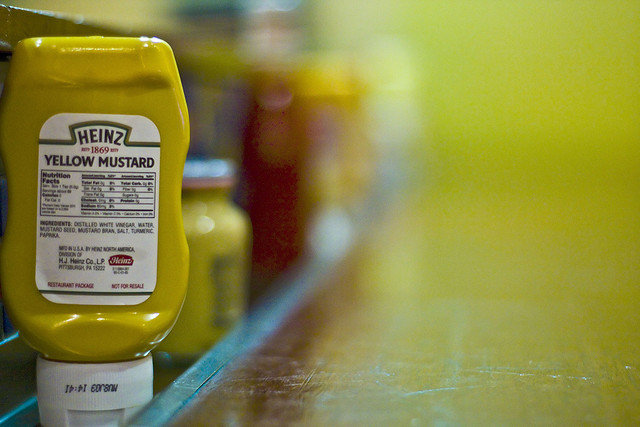Sometimes, poop isn't just poop. When babies are really little, stools are an obsession. Moms, in an effort to determine if their baby is eating enough (particularly a mystery for breastfeeders who can't measure their infant's intake), often track the number of soiled diapers per day — it's akin to a full-time job. And until you have a baby, who even knew there were so many colors and textures and types of excrement? No wonder it can cause so much anxiety. To help you separate the true potential health problems from what's completely normal, we've put together a color-coded baby poop decoder (and don't worry, these photos won't make you gag). Whatever's going on down there in diaperville, we've got answers and advice on what to do if you do spot something worth worrying about.

Have you noted any odd colors in your baby's diaper?
Images © Radius Images/Corbis; © iStock.com/kolosm
Dark green

Welcome to the color of baby's first poop! "A baby's first or second stool is generally dark green in color, which represents the passage of meconium, a mixture of bile and mucus," says Ashanti W Woods, M.D., pediatrician at Mercy Medical Center.
Yellow

Breastfed baby poop should be like a "seedy mustard," says lactation consultant Leigh Anne O'Connor. So if that's what you see, you're all good.
Brown

Brown is typically the stool color for formula-fed infants, says O'Connor. So if that's what you've got going on down below, you're in the clear.
Green

Green poo can mean that your baby is getting lots of foremilk, which is lower in fat and may cause baby to be gassy, says O'Connor. To fix the problem, nurse just from one breast at each session so baby gets more hind milk.
White

Don't panic if baby's poop turns pale: White stools can be from antibiotics that the baby takes, says O'Connor. Aside from that, it might also be a symptom of a bile shortage, so see your doctor if you suspect something's up.
Black

Black stools can be a sign of constipation, says O'Connor. This often happens when babies start to eat solid food. But it can also be alleviated by certain foods that help get things moving, like pears and broccoli.
Pink

If baby is eating solids, pink poo is almost always a sign of certain dyes in baby's food. Some common culprits are beats, cranberries, tomatoes, or other artificially colored foods like cherry popsicles or even farm-raised salmon, which is often dyed pink, says O'Connor.
Red

Red stool may come from certain medications or food dyes, but if it's a deep red that looks like blood, it could be more serious. "This can suggest an intolerance to the milk that the baby is consuming, such as a cow's milk or soy protein allergy," says Woods. "Parents noticing blood within their child's stool should consult with the pediatrician, where he or she may recommend a special formula, such as a partially digested or elemental formula."




